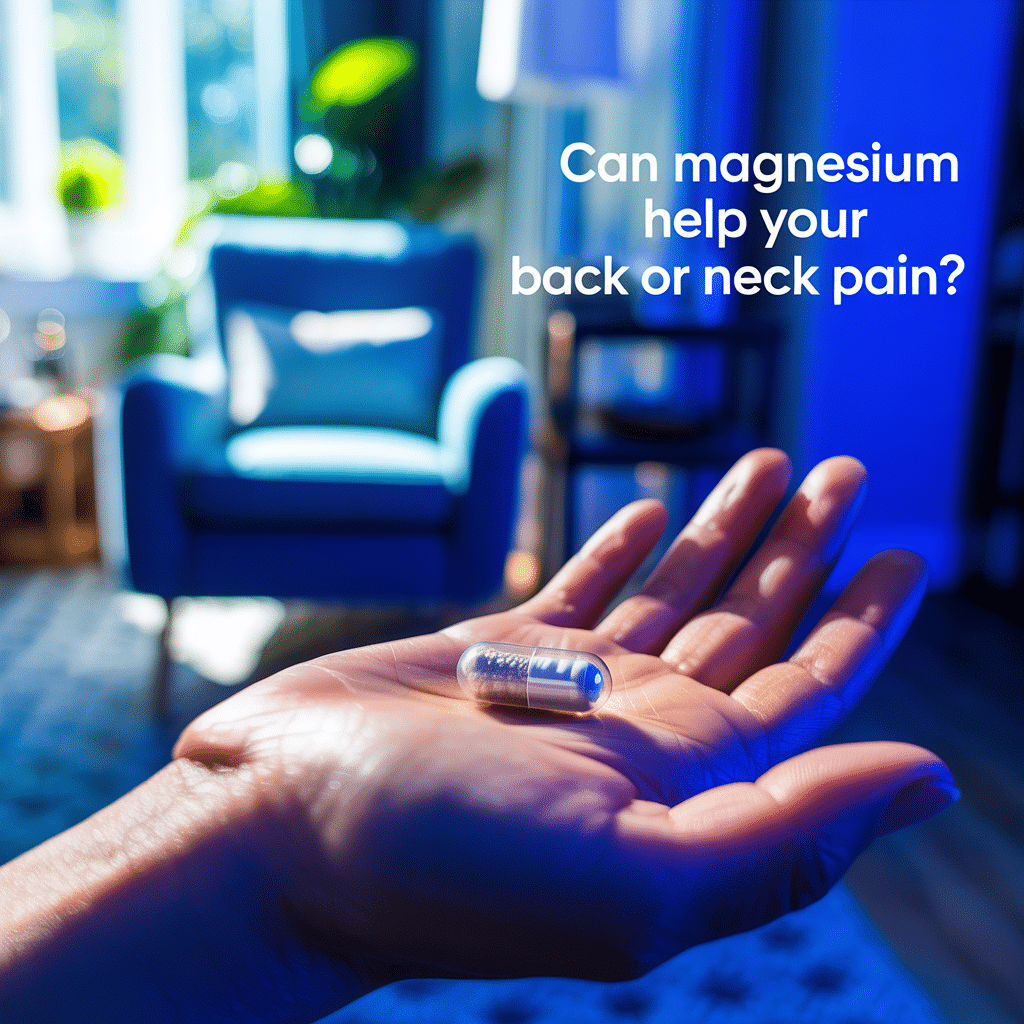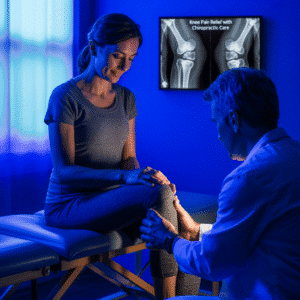This weekend I was joking about tackling Rocacorba for my birthday, but it turns out this Monday it’s happening for real. It only took a 19-year-old Spanish kid to convince Charlotte that cycling the most iconic and tallest climb in northern Spain was a “good idea” as long as I was with him. Safe to say, I’m both nervous and excited. I’ll let you know how the legs hold up after 6 hours in the saddle.
Charlotte and I are also celebrating our 6th wedding anniversary today. A quick Google tells me “iron” is the traditional gift. Not sure if that means I’m getting a set of dumbbells, a golf club, or just told to do the ironing (I of course would not suggest Charlotte do the ironing). Suggestions welcome?
Back at the clinic we’ve welcomed some new faces. Jade joins us on the front desk. You’ll see her when you arrive, and she’s already proving to be a star. Emma has joined our sports rehabilitation team, bringing a wealth of experience in rehab and hands-on therapy. Really excited for what she’s going to add to the clinic.
This week I’m talking about Magnesium and how it helps chronic pain.
Science has mapped out so much of the human body, yet pain remains a mystery. It isn’t just about damaged tissue or inflamed nerves, there’s a conversation happening between our bodies, our brains, and even our emotions. That’s why two people with the same injury can experience entirely different levels of pain.
Pain is personal. It’s both deeply physical and unavoidably emotional. It can isolate us, but it can also connect us because every single human being has felt it.
Recently, researchers have been looking into magnesium, a mineral we often overlook as a potential ally in managing certain kinds of pain, including chronic back and neck discomfort.
Magnesium plays a role in muscle relaxation, nerve signaling, and even how our bodies process pain signals through NMDA receptors in the nervous system. Some studies have found that magnesium supplementation, especially in people with low magnesium levels, can reduce muscle tension, improve mobility, and in certain cases, ease neuropathic pain. Other trials have been less conclusive, showing benefits in pain frequency or emotional well-being rather than outright pain intensity.
This isn’t to say magnesium is a magic cure. Pain is too complex for that. But it’s a reminder that at the start, progress comes not from eliminating pain altogether, but from finding tools, small, accessible ones that help us live better with it.
What does the research say?
Neuropathic Low Back Pain (Oral + IV Magnesium) –(Banerjee S, et al 2017); (Ivan et al 2021)
A randomised, double-blind study in Egypt (2013) assessed patients with chronic low back pain featuring a neuropathic component. Participants received two weeks of daily IV magnesium infusions, followed by four weeks of oral magnesium (400 mg magnesium oxide + 100 mg magnesium gluconate).
Findings at 6 months:
- Significant improvement in pain and lumbar spine range of motion in the magnesium group.
Systematic Review Findings – (Rex et al 2020)
A 2021 systematic review on magnesium’s efficacy and safety for chronic pain concluded that while magnesium appears safe and potentially beneficial, current evidence is inconsistent and insufficient to formalise clinical guidelines.
Animal & Broader Context in Pain Modulation ? (Rex et al.,2019)
- Magnesium acts as a physiological blocker of NMDA receptors key players in pain transmission and central sensitisation. This mechanism suggests a theoretical basis for magnesium’s potential effectiveness in chronic pain.
Neuropathic Pain (Oral Magnesium Trial) ? (Gisele et al., 2021)
- A separate randomised trial administering oral magnesium chloride didn’t demonstrate significant reductions in overall pain intensity compared to placebo after 4 weeks. However, it did show improvements in the frequency of pain episodes and the emotional impact of pain.
Where can you buy good quality Magnesium?
One of the best places we get our supplements from is Pure Bio. A lot of Chiropractors and Osteopaths that practice AK will buy their supplements from here.
Apart from this there is Cytoplan and Metagenics. But there is so much hype around supplements at the moment and the quality that you need to look at the % of Magnesium in them and what form it comes in.
REFERENCES
1. Banerjee S et al., 2017 – Magnesium as an Alternative or Adjunct to Opioids for Migraine and Chronic Pain: A Review of the Clinical Effectiveness and Guidelines [Internet]. Ottawa (ON): Canadian Agency for Drugs and Technologies in Health.
2. Rex et al., 2020 – Efficacy and Safety of Magnesium for the Management of Chronic Pain in Adults: A Systematic Review
3. Ivan et al., 2021 – Utilization of Magnesium for the Treatment of Chronic Pain
4. Gisele et al., 2011 – Oral magnesium treatment in patients with neuropathic pain: a randomized clinical trial
5. Rex et al., 2019 – Magnesium for the Management of Chronic Noncancer Pain in Adults: Protocol for a Systematic Review
If you are wanting to chat more about the information above then why not book a call with me and we can go into more detail? Click here to book or if you want to get an assessment then Book a consultation with a Chiropractor here
If you do know someone who wants more advice, please send them our details. You can send them this assessment as well to diagnose their back pain. It is a great tool to understand where your back pain is coming from, it is free and takes 60 seconds. Click here for assessment


